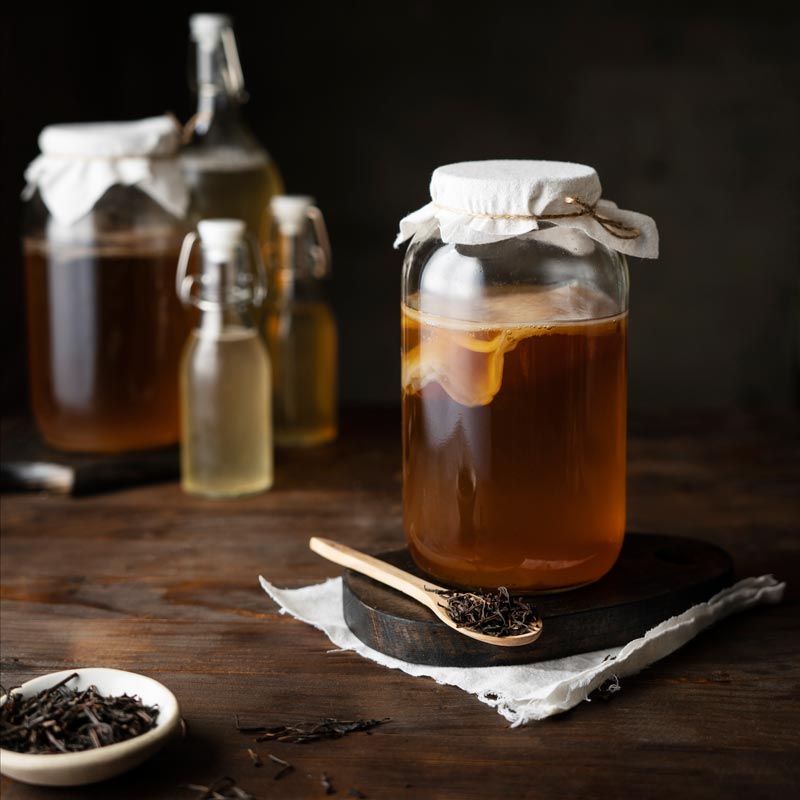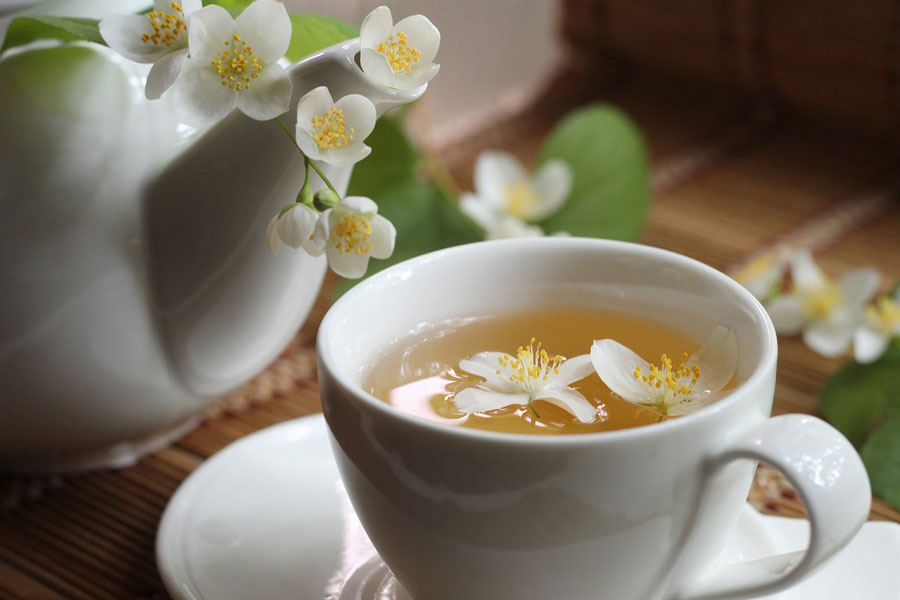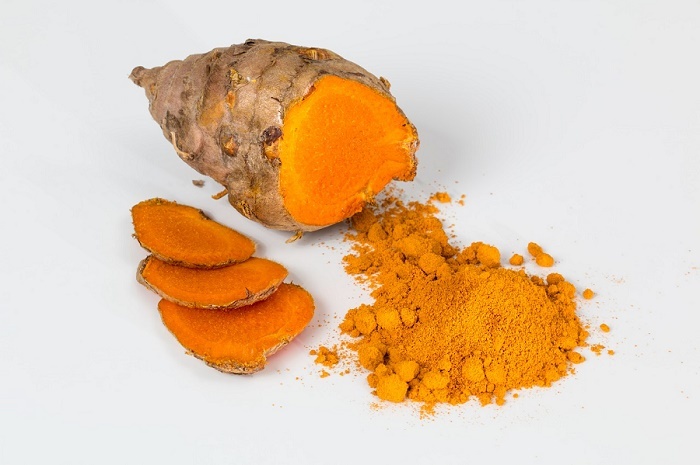The Chinese philosopher, Lao Tzu called it “the elixir of life”. It has been hailed as “the drink of the gods and of men”. Rituals have emerged, poetry written, even wars have been waged. There has been no beverage with a history as fascinating as Tea.
Mythical beginnings
According to a popular Chinese legend, Shen Nong, the legendary Emperor of China discovered tea around 2737 BC when a few leaves were blown, from a nearby tree, into his pot of boiling water. On drinking the water, the emperor was surprised by its flavor and decided to further research on the plant and found out several medicinal properties.
Another Chinese legend goes that the god of agriculture would chew the leaves, stems, and roots of various plants to discover medicinal herbs. If he consumed a poisonous plant, he would chew tea leaves to counteract the poison.
In another myth dating back to Tang dynasty, Bodhidharma, the founder of Chan Buddhism, vowed to meditate for nine years without sleep. Towards the end of his meditation, he fell asleep. Upon awaking, he was so distraught that he cut off his eyelids, and threw them to the ground. Legend has it that a tea plant sprung up on the spot to sanctify his sacrifice.
History of tea within China
Although the precise historical origins of tea may be disputed, there is no denying the fact that China has been the cradle, consuming tea for thousands of years and offering the greatest diversity of this product. Over the ages, each dynasty in China brought its own way of preparing and serving their favorite beverage.
Tang dynasty (618-907)
During this period, tea was regarded as a “spiritual” drink. The leaves were pressed in the form of “bricks” and “cakes” to facilitate better conservation and transport and also to use as currency exchange.
Shung dynasty (960-1279)
Cake tea gave way to powdered tea during the Shung dynasty. The leaves were crushed with grinding stones and added to boiling water. The brew was then whipped with a bamboo whisk until the mixture formed froths. Tea culture came to be patronized by royalty and aristocracy and attained new heights during this period.
Ming dynasty (1368-1644)
Although the cake and powdered form was still prevalent, the favored method of preparing tea during this period was seeping whole leaves in hot water in a bowl. It was in this form that tea was discovered by the Westerners and ultimately spread to the rest of the world.
Qing dynasty (1644-1911)
By this period the Chinese had mastered tea preparation and brewing techniques Various species like the yellow tea, oolong tea, green tea, white tea, dark tea, flower tea, black tea and more had become quite popular. Porcelain and stone cups were being manufactured in the province of Guangdong and the first clay teapots were produced in the province of Yixing.
Tea enters Japan
Tea was introduced to Japan in the 9th century when a Japanese Buddhist monk, Saichō brought back seeds from China, where he was studying, to grow at his monastery. Although over time small tea plantations sprouted up at secluded monasteries, it was only around the 13th century that tea’s popularity blossomed in Japan. Under Emperor Saga it became a drink of the royal classes and he encouraged the growth of tea plants by importing seeds from China and cultivating them in Japan.
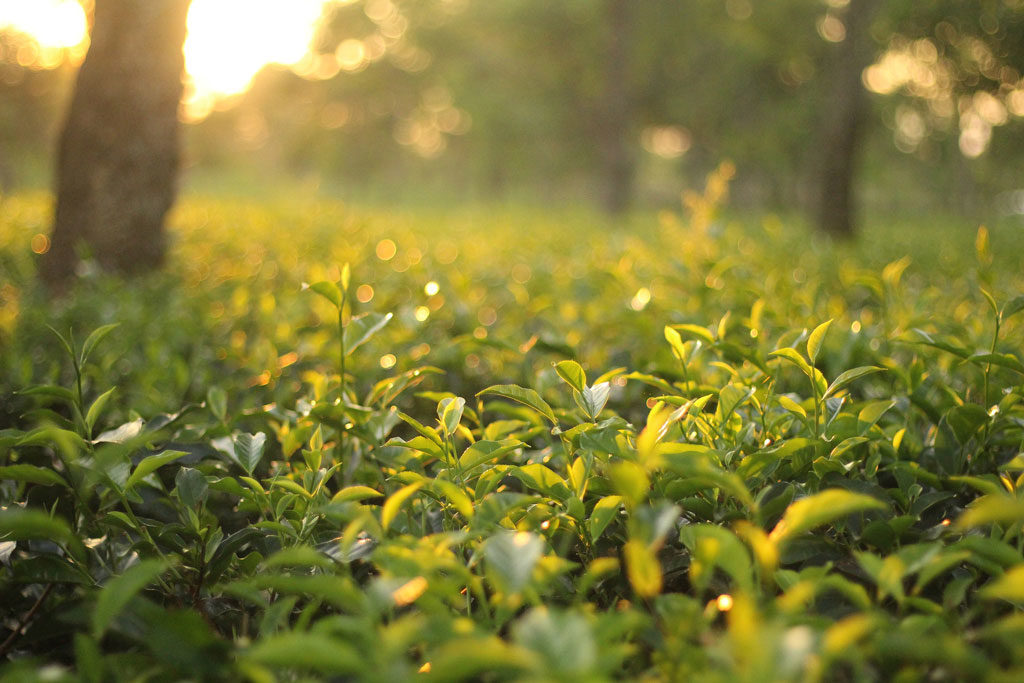
The favored method of preparing tea, popularized by the Zen monk Eisai, involved mixing finely ground tea powder called Matcha with hot water and beating with bamboo whisks (“chasen”) and served in hand-crafted bowls (“chawan”). As new accessories, bowls and cups began to be imported from China, Japanese tea ceremony “Cha-no-yu” (way of tea) came into being, a ritual that still persists in Japan.
Discovery of tea in the West and the English love affair
Tea’s voyage from Asia to the West began in the 9th century when its presence began to be noted in the writings of several Arab travellers, as it followed the “caravan” road from Canton westward. Marco Polo alludes to his discovery of tea in his travel writings about the East. Later, Portuguese navigators brought the word of the Chinese drink “chá” to their trading port in Macau. In 1610, a ship of the Dutch East India Company brought the first green tea leaves to Europe from China. Tea also flowed into Russia early on via caravan of hundreds of camels traveling the year-long journey, making it a precious commodity at the time. The popularity of tea rapidly spread to cities including Amsterdam, Paris and London but due to its high price, consumption was limited to the royal and aristocratic classes.
In England however, the tea fad caught on slowly. Coffee was still the preferred drink. In 1657, the first tea shop in England was opened by Thomas Garraway. The shop sold tea imported by the Dutch and contributed to the rise in its popularity in London’s cafes and coffee houses. Then in 1662, Charles II married the Portuguese princess, Catherine of Braganza, who adored tea and introduced the concept of tea time to the English court. This spurred English merchants into action and soon a tea trade was up and running. During the 18th century the English unseated the Dutch and the British East India Trade Company, established their first foothold in the East by securing a tea factory in Macau. Soon Britain established itself as the dominant trading power and gained a monopoly over trade with China. By 1720s, black tea began to overtake green tea as its price dropped and British drinkers began adding sugar and milk to tea, a practice that was not done in China. As tea became increasingly popular, by 1750 it had become the British national drink.
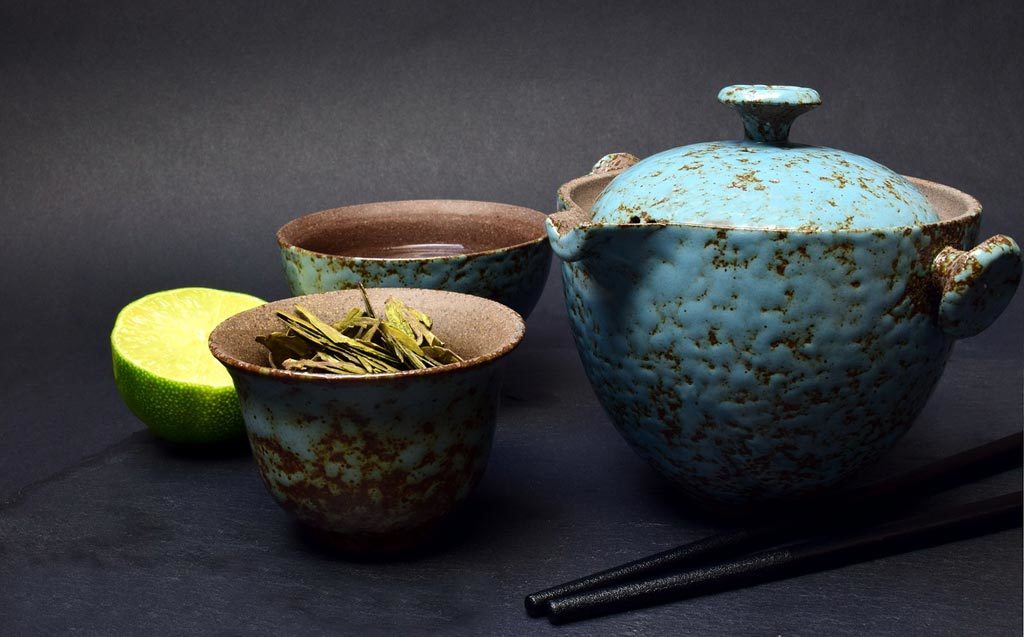
As a way to generate the silver needed as payment for tea, Britain began exporting opium into China. As opium usage became more widespread across Chinese society, creating societal problems, the Qing government hardened its attitude and decided to proscribe all trades with the British. The First Opium War subsequently flared up in 1839. In the meantime, the British began to explore, and executed a plan to grow its own tea in India. Plantations were established in areas such as Darjeeling, Assam, and Ceylon using tea plants smuggled out of China.
Tea Spreads to India
In an attempt to break the Chinese monopoly over tea, the British Tea Committee sent Robert Fortune, an English botanist, on an undercover mission to China to discover tea growing secrets. By the end of the 18th century, tests on growing the tea plant were already being carried out in botanical gardens near Calcutta with encouraging results.
Around 1823, a British Army Major Robert Bruce stumbled upon indigenous tea bushes growing in the Northeast region of Assam. This variety was different from the Chinese variety and was found to grow marvelously well on plains and with a more vigorous taste than the Chinese variant. With this discovery the British East India Company seized the opportunity to experiment with growing tea not only in Assam but also in Darjeeling. In 1841, Dr. A. Campbell, first planted Darjeeling tea seeds in his garden that was hugely successful and the British government began developing a large number of tea estates in the area. In 1848 Robert Fortune successfully purloined around 12000 tea plants from China. By 1874 there were 113 gardens in Darjeeling. The Chinese variety was used for Darjeeling tea, and the Assamese variety, everywhere else. A flourishing tea industry had begun in India.
Around 1823, a British Army Major Robert Bruce stumbled upon indigenous tea bushes growing in the Northeast region of Assam.
Spread to other countries and tea today
Today tea is grown over a wide range of latitudes. If some nations developed expertise in producing their own unique types, some became popular for their tea traditions. Taiwan is famous for the making of Oolong tea and green tea, Thailand for its “cha-yen”, a
drink made from strongly brewed black tea, Kenya for its purple tea, Iran for
its “Lahijan Spring Tea”, Turkey for its black tea and for being one
of the largest markets in the world. With a historical and cultural importance
that cannot be rivaled, today tea is the second most frequently consumed
beverage in the world after water, for in the words of Sydney Smith, “Thank
God for tea! What would the world do without tea!”


